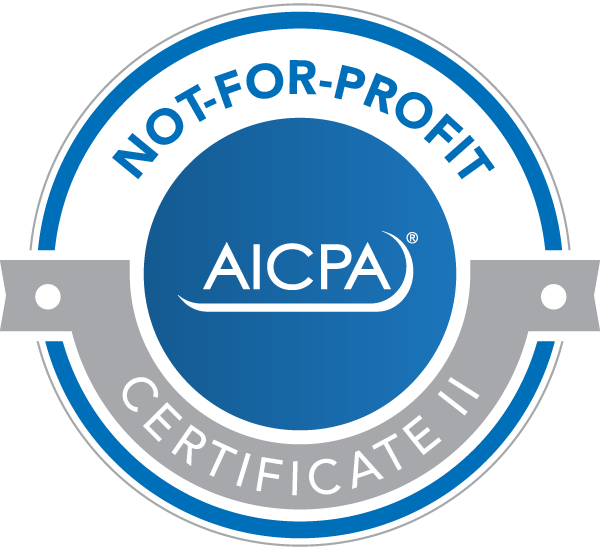If you’re like many people, you’ve worked hard to accumulate a large nest egg in your traditional IRA (including a SEP-IRA). It’s even more critical to carefully plan for withdrawals from these retirement-savings vehicles.
Knowing the fine points of the IRA distribution rules can make a significant difference in how much you and your family will get to keep after taxes.

Here are three IRA areas to understand:
Taking early distributions
If you need to take money out of your traditional IRA before age 59½, any distribution to you will be generally taxable (unless nondeductible contributions were made, in which case part of each payout will be tax-free). In addition, distributions before age 59½ may be subject to a 10% penalty tax.
- However, there are several ways that the penalty tax (but not the regular income tax) can be avoided. These exceptions include paying for unreimbursed medical expenses, paying for qualified educational expenses and buying a first home (up to $10,000)
- Naming your beneficiary (or beneficiaries). This decision affects the minimum amounts you must withdraw from the IRA when you reach age 70½; who will get what remains in the account at your death; and how that IRA balance can be paid out. What’s more, a periodic review of the individuals you’ve named as IRA beneficiaries is critical to assure that your overall estate planning objectives will be achieved. Review them when circumstances change in your personal life, finances and family.
- Taking required distributions. Once you reach age 70½, distributions from your traditional IRAs must begin. It doesn’t matter if you haven’t retired. If you don’t withdraw the minimum amount each year, you may have to pay a 50% penalty tax on what should have been taken — but wasn’t. In planning for required minimum distributions, your income needs must be weighed against the desirable goal of keeping the tax shelter of the IRA going for as long as possible for both yourself and your beneficiaries.
Keep more of your money
Prudently planning how to take money out of your traditional IRA can mean more money for you and your heirs. Keep in mind that Roth IRAs operate under a different set of rules than traditional IRAs.
Contact us to review your traditional and Roth IRAs, and to analyze other aspects of your retirement planning.
- Evaluate whether a Health Savings Account is beneficial to you - September 19, 2023
- Investment swings: What’s the tax impact? - September 12, 2023
- Plan now for year-end gifts with the gift tax annual exclusion - September 5, 2023
- Selling your home for a big profit? Here are the tax rules - August 29, 2023
- The tax consequences of employer-provided life insurance - August 22, 2023









